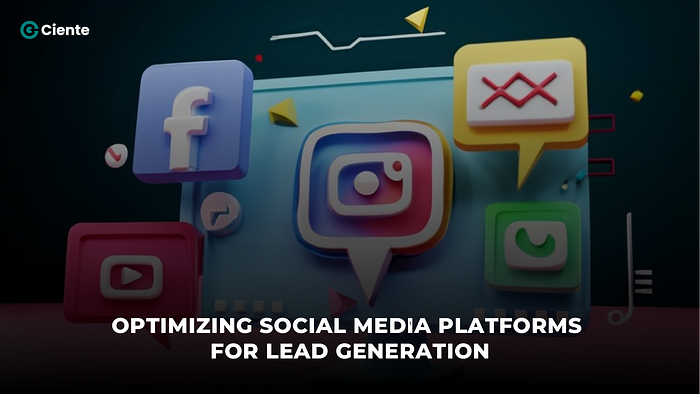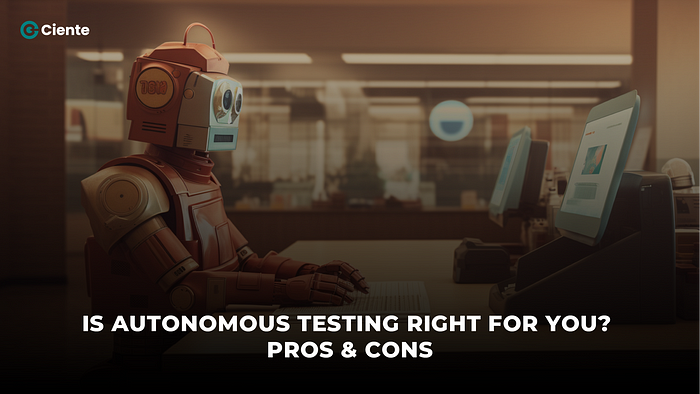 Google Ads Done Right – More Clicks, Less Waste!
Google Ads Done Right – More Clicks, Less Waste!
What Is Hyper-Segmentation In Marketing?
Written by Team Ciente » Updated on: June 17th, 2025

Hyper-segmentation involves breaking down a market into more manageable and distinct segments. This strategic approach allows businesses to precisely target specific groups, significantly enhancing the efficiency of their marketing endeavors and ultimately leading to increased sales.
What is Hyper-segmentation in marketing?
Hyper-segmentation is an advanced and potent marketing technique that provides businesses with a competitive advantage. This method entails breaking down a market into more manageable segments using diverse variables such as demographic, geographic, psychographic, and behavioral data. Through this approach, businesses can discern the distinct needs and desires of each segment, enabling the creation of highly targeted marketing campaigns tailored to address those specific requirements.
While the process of hyper-segmentation demands significant resources and expertise, the outcomes can be highly lucrative. By refining the precision of marketing efforts, businesses stand to experience increased conversion rates and ROI. Additionally, they gain valuable customer insights, enhance customer experience, and curtail marketing and advertising costs.
Benefits of Hyper-Segmentation in Marketing
1. Precision Targeting: Hyper-segmentation allows businesses to target specific customer segments with precision. By tailoring marketing messages and strategies to the unique characteristics and preferences of each segment, companies can significantly increase the relevance of their campaigns. This, in turn, enhances the likelihood of engagement and conversion, leading to more effective marketing efforts.
2. Improved Customer Insights: Through hyper-segmentation, businesses gain a deeper understanding of their diverse customer base. Analyzing the unique needs, behaviors, and preferences of each segment provides valuable insights that can inform product development, enhance customer experience, and guide strategic decision-making. The detailed customer insights derived from hyper-segmentation contribute to the development of more customer-centric and successful marketing strategies.
Challenges of Hyper-Segmentation in Marketing
1. Resource Intensiveness: Implementing hyper-segmentation requires substantial resources, including advanced analytics tools, skilled personnel, and dedicated time for data analysis. Small and resource-constrained businesses may find it challenging to invest in the necessary infrastructure and expertise, limiting their ability to leverage hyper-segmentation effectively.
2. Risk of Over-Complexity: Hyper-segmentation, if not managed properly, can lead to over-complexity in marketing strategies. Trying to cater to numerous segments may dilute the overall message and strain resources. Balancing the need for granularity with practicality is crucial, as an overly complex segmentation approach might result in inefficiencies and diminished returns on investment. Careful planning and execution are essential to avoid overwhelming marketing teams and confusing customers with too many segmented messages.
Hyper Segmentation vs. Micro-Segmentation
Hyper-segmentation and micro-segmentation are both advanced marketing strategies that involve breaking down target audiences into smaller, more specialized groups. While hyper-segmentation typically refers to the broader practice of dividing a market into numerous distinct segments based on various criteria like demographics and behavior, micro-segmentation takes this concept to an even more granular level. Micro-segmentation involves creating extremely focused and niche segments, often addressing individual preferences or behaviors. The key difference lies in the degree of granularity and specificity: hyper-segmentation offers a comprehensive but slightly broader approach, whereas micro-segmentation drills down to the minutiae of customer characteristics, aiming for the utmost precision in targeting. Both strategies seek to enhance the effectiveness of marketing efforts by delivering tailored messages to specific audience subsets, but they differ in the scale and depth of segmentation.
Conclusion
The future of hyper-segmentation in marketing holds great promise as technology continues to evolve. Advancements in artificial intelligence, machine learning, and data analytics are providing marketers with increasingly sophisticated tools to analyze and understand customer behavior. This enables the creation of hyper-specific segments based not only on demographics and psychographics but also on real-time and individualized data points. As personalization becomes a central tenet of consumer expectations, hyper-segmentation will play a pivotal role in delivering targeted and relevant content. Moreover, the integration of emerging technologies like augmented reality and the Internet of Things (IoT) may further refine hyper-segmentation by capturing and utilizing dynamic customer data. However, challenges such as ensuring data privacy and managing the complexity of increasingly detailed segmentation will also need careful consideration. In essence, the future of hyper-segmentation in marketing is poised for continuous innovation, leveraging cutting-edge technologies to unlock unprecedented levels of personalization and engagement.
AUTHOURS BIO:
With Ciente, business leaders stay abreast of tech news and market insights that help them level up now,
Technology spending is increasing, but so is buyer’s remorse. We are here to change that. Founded on truth, accuracy, and tech prowess, Ciente is your go-to periodical for effective decision-making.
Our comprehensive editorial coverage, market analysis, and tech insights empower you to make smarter decisions to fuel growth and innovation across your enterprise.
Let us help you navigate the rapidly evolving world of technology and turn it to your advantage.
Note: IndiBlogHub features both user-submitted and editorial content. We do not verify third-party contributions. Read our Disclaimer and Privacy Policyfor details.
Copyright © 2019-2025 IndiBlogHub.com. All rights reserved. Hosted on DigitalOcean for fast, reliable performance.

















